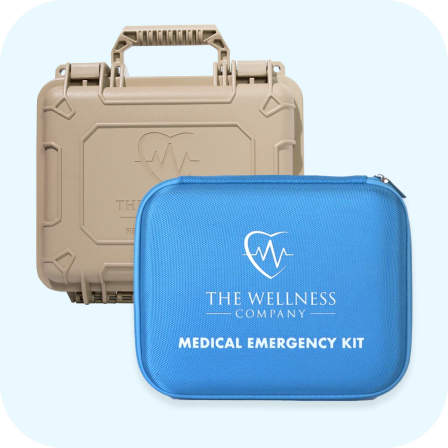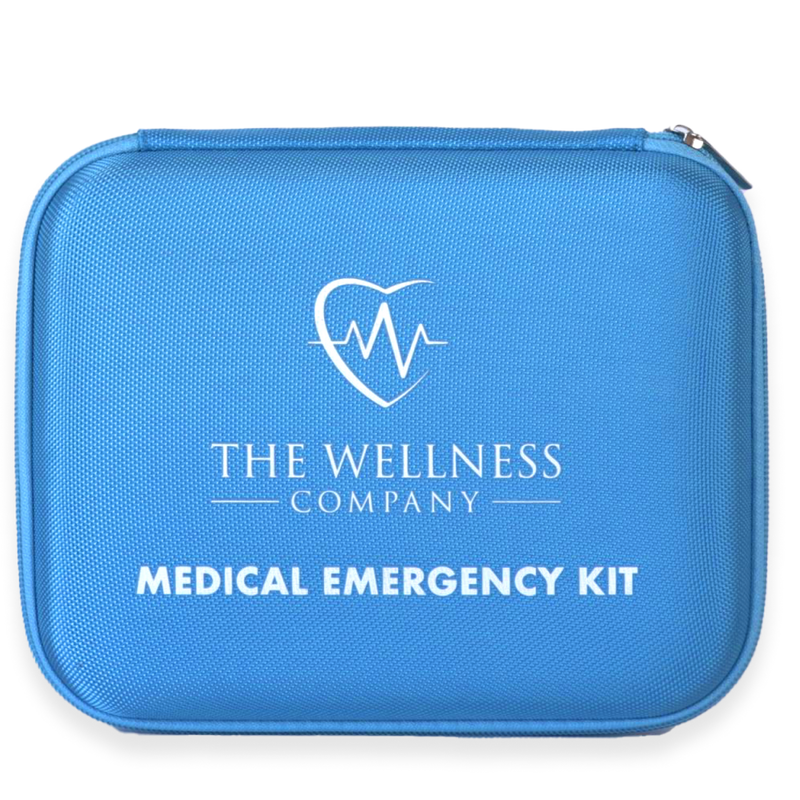SE Asia on Your Radar for Your Next Adventure?

The diverse foods, cultures, and lifestyles each country in SE Asia has to offer open up endless possibilities to explore, taste, and feel. Whether swimming with the turtles off the Gulf Coast of Thailand or trekking Mount Fansipan in Vietnam, sampling exotic cuisine from a street vendor, or chilling on one of the thousands of beaches scattered throughout the Southern region is on your agenda, SE Asia has something for everyone.
Diverse culture, and geography
SE Asia is home to a quarter of the world’s population which consists of two separate geographic regions. The Northern portion, known as Mainland Southeast Asia, or Indochina, comprises the countries of Myanmar (Burma), Thailand, West Malaysia (Peninsular Malaysia), Laos, Cambodia, and Vietnam.
The second region is known as the Malay Archipelago, also known as the “East Indies”, and contains the largest group of islands in the world, consisting of more than 17,000 islands of Indonesia and approximately 7,000 islands of the Philippines. East Malaysia (Sabah) and Brunei share the island of Borneo (The world’s third largest island) with Kalimantan, the Indonesian portion of the island.
Get the most out of your trip.
Let’s face it, travel isn’t cheap, it requires a lot of planning and preparation. The last thing you want is to have your adventure cut short by a minor medical ailment or injury.
While travel delays, lost luggage, and missed flights cannot be avoided, careful planning will enable you to get the most out of your trip.
Being prepared is key to travel success.
One to two months before travel
Check with your care provider about what vaccinations are required for each country. Vaccine schedules can vary. Some are given once, while others may need a series of shots to be fully vaccinated and can take several weeks or months to complete. The International Travel and Health Requirements and Recommendations pdf has a list of required and recommended vaccinations and prophylactic vaccines listed by country. You can download and print the PDF here.
In addition, the Travelers Health Yellow Book (on the CDC website) contains health information on international travel. It is geared to healthcare professionals; however, it can be a valuable reference for any worldwide traveler.
- Many countries require the Yellow Fever vaccination, which will require a visit to a Yellow Fever Vaccination Clinic. Along with the Yellow Fever vaccination clinic, locate a traveler’s clinic near you through the website International Society of Travel Medicine.
- Hepatitis A and B both are given in a series over months. Consult with the travel clinic and your care provider about being vaccinated against both if you aren’t already.
- The polio vaccination, if recommended, is given as a combination of diphtheria, tetanus, and polio, and should be given at least 2 weeks beforehand.
- Measles has made a comeback on the world stage. It is recommended that travelers be up to date on their measles vaccination.
- Typhoid vaccination should be given at least 2 weeks before travel. The CDC reports Bangladesh, India, and South Asia are known areas to have typhoid outbreaks.
- Check the CDC webpage often for Travel Health Notices, where the CDC rates outbreaks by 4 levels. Those levels are:
- Level 1, “Practice Usual Precautions”
- Level 2, “Practice Enhanced Precautions”,
- Level 3” Reconsider Nonessential Travel” and
- Level 4, “Avoid All Travel.
- Both the Northern and Southern regions of SE Asia are currently under Level 1, “Practice Usual Precautions”, which includes a global Measles and Polio outbreak and widespread Dengue.
The only exception in SE Asia is a level 2 alert (Practice Enhanced Precautions) issued for Chikungunya in Timor-Leste.
Know what medications you can bring and how to pack them
- Check with your destination embassy and embassies of countries where you have layovers to make sure your medications are permitted. You may need to carry a prescription or medical certificate from your healthcare provider.
- If your medication isn’t allowed at your destination, discuss alternatives with your healthcare provider.
In addition, check with the International Narcotics Control Board website. This website provides information about controlled substances when traveling abroad.
- Also, pack more prescription medications and supplements than your trip requires. Travel can be delayed, and you don’t want to run out of your medications while in a strange country.
- Order your Travel Emergency Kit. This kit contains over 15 Safe and Effective Emergency prescriptions and over-the-counter medications and medical supplies ensuring protection against any minor medical emergency you may encounter on your trip.
5 Tips to maximize your trip and minimize interruptions.
- Avoid jet lag. Depending on which country your travel takes you, time differences can add up to almost an entire day. This handy time converter can help you adjust your sleep patterns beforehand.
Try to make the most of the long flight to your destination by adjusting your sleep patterns.
Resist the urge to nap if it’s daytime at your destination.
Conversely, try to get some shut-eye while in the air if it’s bedtime where you will be visiting by using noise-canceling headphones, eye masks, earplugs, travel pillows, and blankets to help you adjust and sleep.
If you aren’t able to sleep during the flight, consider taking melatonin to help you fall asleep (Our Travel Emergency Kit contains melatonin).
- Throughout Asia, contaminated water can find its way into even the most developed cities and best restaurants.
Foodborne illnesses result from food washed in contaminated water. Bring a water bottle fitted with a quality filter. Even then, food poisoning can happen. Arm yourself with the anti-nausea and antidiarrhea medications found in The Travelers Emergency kit.
- Pack mosquito repellent and clothing that covers arms and legs- SE Asia is home to many mosquito-borne illnesses, especially Dengue. Choose accommodations that have air conditioning and/or mosquito nets.
Mosquito and bug bites, along with itchy contact dermatitis can be soothed with triamcinolone cream, also part of the Travel Emergency Kit.
- Don’t let aches and pains from doing more than your body is used to stop you from enjoying your trip. These can easily be relieved with over-the-counter pain relievers, which are also included in our Travelers Emergency Kit.
In addition to the above, The Travelers Emergency Kit also contains carries:
- Antidiarrheal medications
- Prescription medication for urinary tract infections
- Prescription medication motion sickness and for nausea and vomiting
- Prescription antibiotics for Shigella a type of Traveler’s diarrhea, which is fairly common in Thailand, Vietnam, and Indonesia.
- Prescription antibiotic for plague, which still occurs throughout the world, particularly in parts of Africa and Asia
- Prescription antibiotics for bacterial sinusitis
- Prescription antibiotics for cellulitis, a type of skin infection
- And a minor emergency first aid kit that includes antiseptic wipes, gauze pads, and adhesive bandages.
All this in an easy-to-reference and complete guidebook, which outlines when and how to take your medication, if needed after consulting with one of our providers (a free virtual follow-up consultation is included).






















